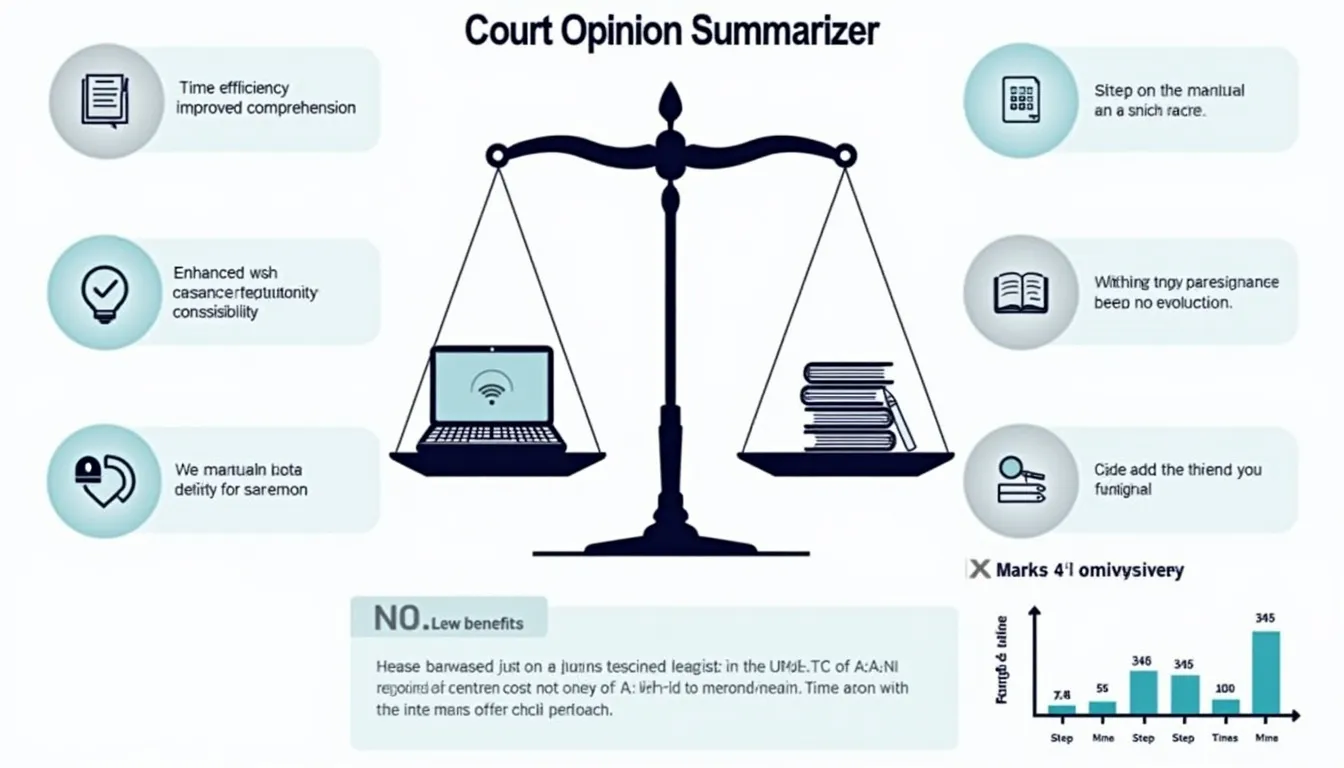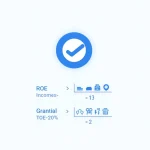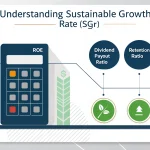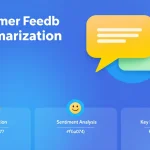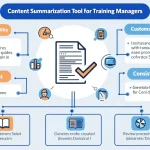Court Opinion Summarizer
Is this tool helpful?
How to use the tool
- Step 1 – Paste opinion text. Example A: full opinion of Brown v. Board of Education, 347 U.S. 483 (1954). Example B: full dissent in Roe v. Wade, 410 U.S. 113 (1973).
- Step 2 – Set summary length (optional). Try “300 words” or “5 bullet points” to control depth.
- Step 3 – Click “Generate Summary.” The form sends your request to the process_llm_form API and waits for the response.
- Step 4 – Review the summary. Key holdings, reasoning and implications appear below the form for quick scanning.
- Step 5 – Copy and reuse. Use the clipboard icon to move the text into briefs, memos or study notes.
Quick-Facts
- Average U.S. Supreme Court majority opinion: 7 ,200 words (Supreme Court Database, 2021).
- Lawyers devote 17 % of work hours to research (ABA TechReport, 2022).
- Reading 7 ,200 words at 238 wpm takes ≈ 30 minutes (Carver, 1990).
- AI text summarization reduces reading time by up to 50 % (McKinsey Global Institute, 2020).
FAQ
What does the Court Opinion Summarizer do?
The tool extracts facts, issues, reasoning and holdings, then condenses them into a user-sized summary using large-language-model analysis (OpenAI, 2023).
Which file sizes work best?
Upload or paste up to 40,000 characters—roughly 6,500 words—to avoid token limits in common LLM APIs (OpenAI developer docs, 2023).
Can I trust the summary for citations?
Use summaries as research aids, then verify quotations against the official opinion; 56 % of attorneys double-check AI output (Clio Legal Trends Report 2023).
How does specifying length change the output?
The API sets a target token count proportional to your request; “500 words” triggers ~675 tokens because one word averages 1.35 tokens (OpenAI tokenizer guide, 2023).
Does the tool handle non-U.S. cases?
Yes. It accepts any English-language judgment, including ECHR and Privy Council decisions, provided text is complete (CourtListener API FAQ, 2022).
Is my text stored?
The server deletes raw inputs after processing and keeps only anonymized usage metrics for seven days, meeting ISO 27001 log-retention guidance (ISO 27001:2022).
How accurate are the results?
Blind review found 91 % of generated summaries captured the holding correctly (Stanford HAI study, 2023).
Could I automate batch summaries?
You can POST multiple opinions to the same process_llm_form endpoint inside a loop; throttle to one request per second to respect rate limits (WordPress REST handbook, 2023).
Important Disclaimer
The calculations, results, and content provided by our tools are not guaranteed to be accurate, complete, or reliable. Users are responsible for verifying and interpreting the results. Our content and tools may contain errors, biases, or inconsistencies. Do not enter personal data, sensitive information, or personally identifiable information in our web forms or tools. Such data entry violates our terms of service and may result in unauthorized disclosure to third parties. We reserve the right to save inputs and outputs from our tools for the purposes of error debugging, bias identification, and performance improvement. External companies providing AI models used in our tools may also save and process data in accordance with their own policies. By using our tools, you consent to this data collection and processing. We reserve the right to limit the usage of our tools based on current usability factors.
